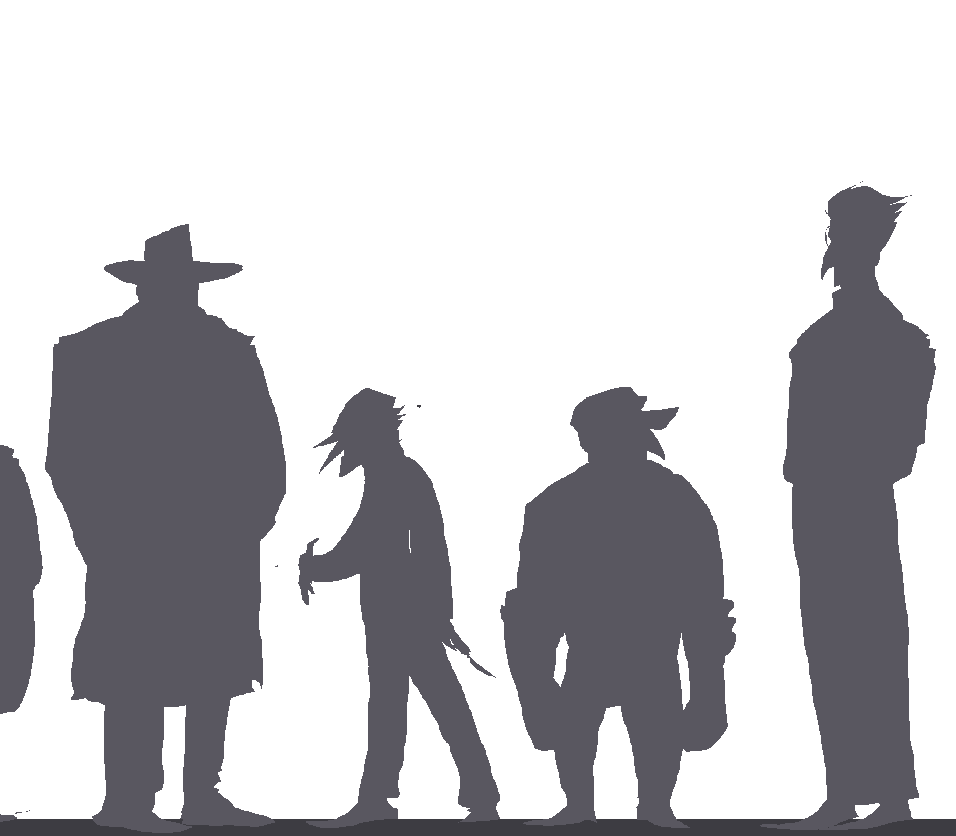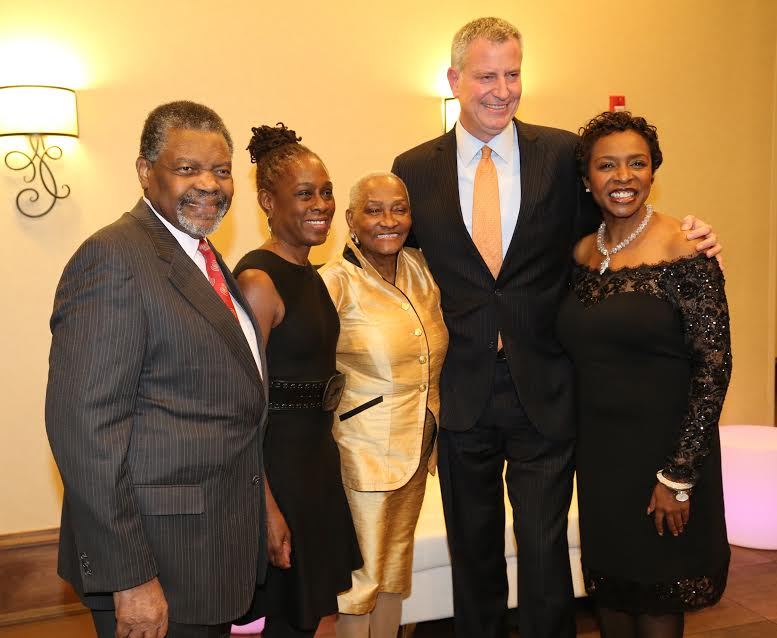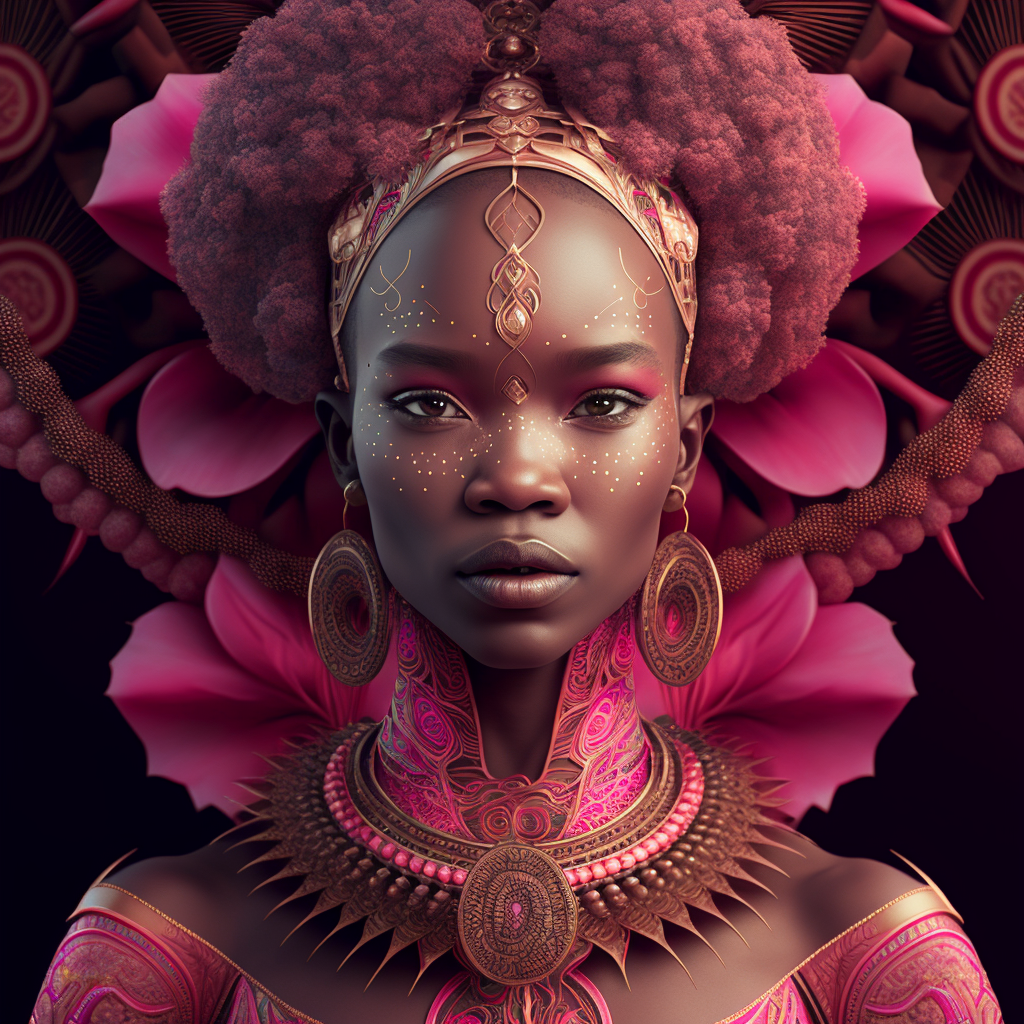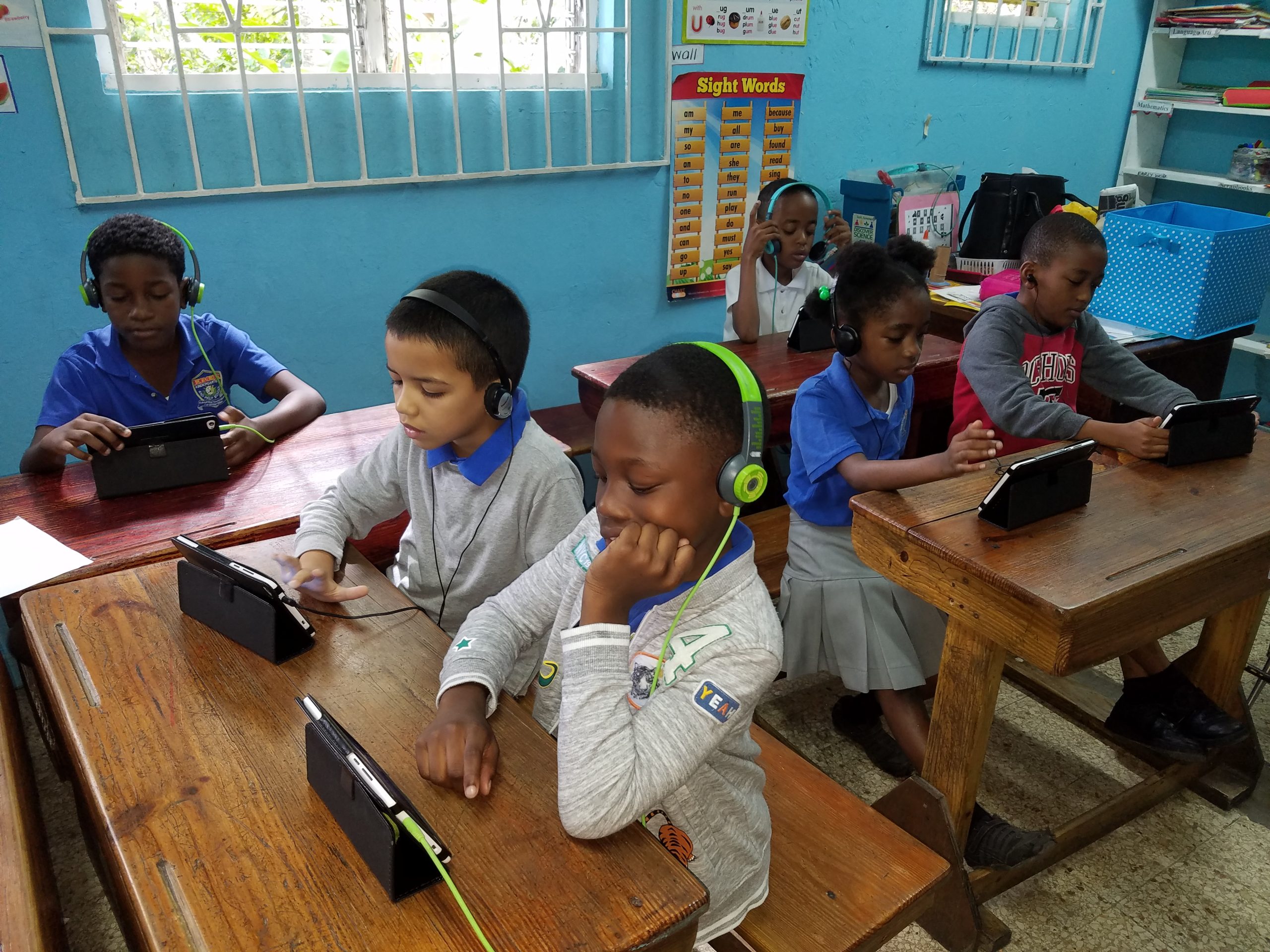
Kwanzaa is a Swahili word that means “first” and signifies the first fruits of the harvest. From December 26 to January 1, many people of African descent in America celebrate Kwanzaa.
In Africa, there are many customs that are common among the various ethnic groups found on the continent. One of these is the celebration of the harvest. At this time of the year, people of the community/village come together to celebrate and give thanks for their good fortune. Working towards a successful harvest is a communal effort, as is the celebration.
Here in America in 1966, Maulana Ron Karenga and the U.S. Organization adopted the basic principles of the harvest celebrations in Africa to create the observance of Kwanzaa. Karenga recognized that on the whole, African Americans do not live in an agricultural setting. Nonetheless, he sought to emphasize that the basic principles found in producing the harvest are vital to building and maintaining strong and wholesome communities.
In this-way, Kwanzaa was developed. Kwanzaa is that time when we reflect on our use of the basic principles, share and enjoy the fruits of our labor, and recommit ourselves to the collective achievement of a better life for our family, our community, and our people.
Symbols of Kwanzaa
There are symbols which have a special meaning to the celebration of Kwanzaa. The mkeka is a straw mat which symbolizes the tradition as the foundation on which all else rests. The kinara is a seven-space candle holder, representing the original stalk from which the African people originated.
The mishumaa saba (seven candles) stand for the Seven Principles – Umoja (Unity), Kujichagulia (self-determination), Ujima (collective work and responsibility), Ujaama (cooperative economics), Nia (purpose), Kuumba (creativity) and Imani (faith). The muhindi are the ears of corn which represent the offspring (children) of the stalk (parents of the house). The zawadi (gifts) represent the fruits of the labor of the parents and the rewards of seeds sown by the children.
Kwanzaa Customs
During the celebration of Kwanzaa, it is customary to greet friends and family with the Swahili phrase, “Habari gani”, meaning, “What is the news?” To respond, answer with the principle of the day. (Umoja, for example, is the response given on December 26th.)
Fasting, or abstaining from food, is often done during Kwanzaa, as a means of cleansing of the mind, soul, and spirit.
The Candle lighting Ceremony
The candle lighting ceremony, central to the celebration of Kwanzaa, takes place at a time when all members of the family are present. Children are encouraged to take an active role in all activities.
The ceremony begins with the TAMBIKO (libation), an African form of praise which pays homage to personal and collective ancestors. To begin, the elder of the household pours wine, juice or distilled spirits from the KIKOMBE CHA UMOJA (unity cup) into the earth or an earth-filled vessel. While pouring, the elder makes a statement honoring departed family members for the inspiration and values they have left with descendants. Friends are also remembered.
 After the TAMBIKO, as a gesture of unity, the elder drinks from the KIKOMBE CHA UMOJA and then passes it for all to share. The elder leads the call, “HARAMBEE” (Let’s pull together), and everyone participates in repeating the phrase seven times. Candle lighting, central to the ceremony, reinforces the meaning of the principles. The placement of the mishumaa saba (candles) in the kinara is as follows: Black, for the color of African peoples everywhere, is located in the center. Three red candles, representing the blood of the ancestors, are placed to the left. Three green candles that symbolize the earth, life, and the ideas and promise of the future, are placed to the right. Beginning December 26 with the black mushumaa, a different candle is lit for each day, alternating from left to right. After the candle lighting, the principle of the day is discussed.
After the TAMBIKO, as a gesture of unity, the elder drinks from the KIKOMBE CHA UMOJA and then passes it for all to share. The elder leads the call, “HARAMBEE” (Let’s pull together), and everyone participates in repeating the phrase seven times. Candle lighting, central to the ceremony, reinforces the meaning of the principles. The placement of the mishumaa saba (candles) in the kinara is as follows: Black, for the color of African peoples everywhere, is located in the center. Three red candles, representing the blood of the ancestors, are placed to the left. Three green candles that symbolize the earth, life, and the ideas and promise of the future, are placed to the right. Beginning December 26 with the black mushumaa, a different candle is lit for each day, alternating from left to right. After the candle lighting, the principle of the day is discussed.
The evening of December 31 (Day 6) is the KARAMU, a joyous celebration with food, drink, dance, and music for the collective family and friends. It is a time of rejoicing, reassessment and recommitment.
The ZAWADI, handmade or similarly meaningful gifts for children, may be opened at the KARAMU, or on the final day of Kwanzaa, when Imani is observed.























